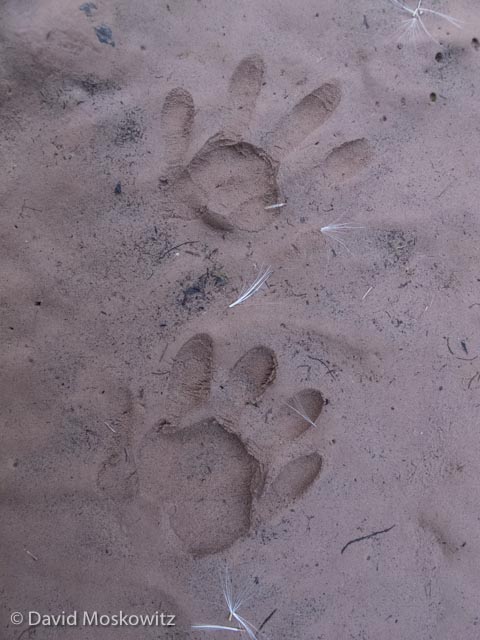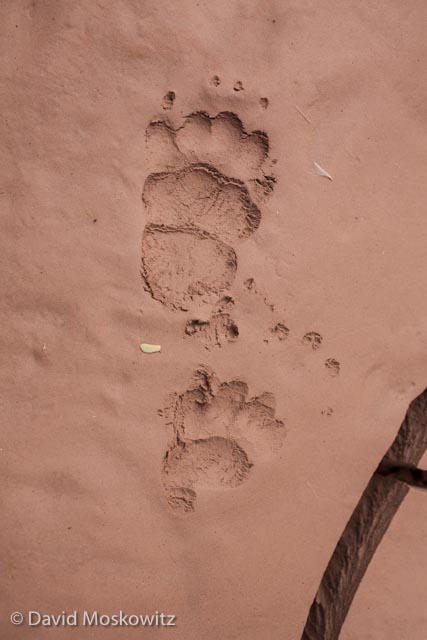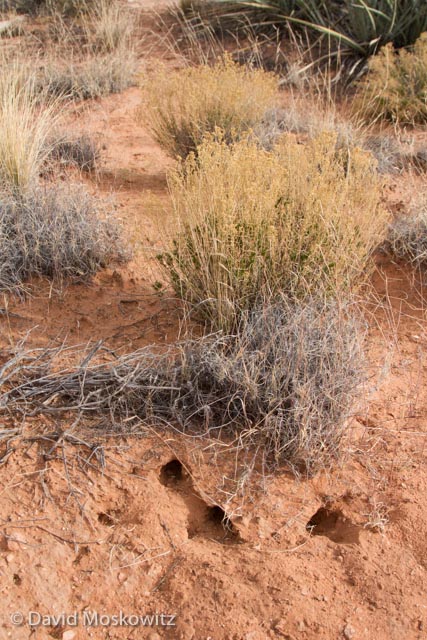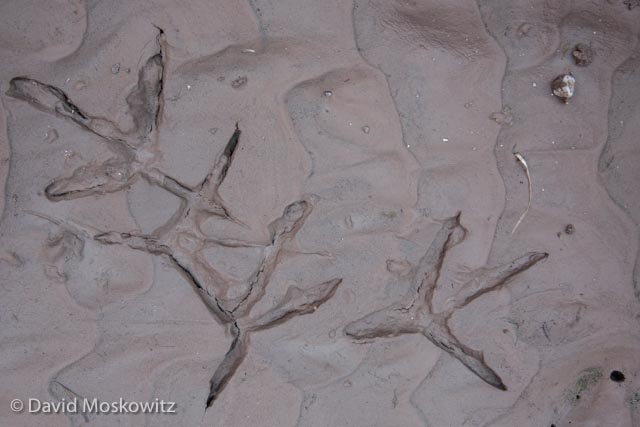Granite spires drew me to the Brooks Range, but finding the nest of a Long-tailed duck (Clangula hyemalis) on the banks of a remote lake in a stunning mountain valley was one of the highlights of a 3 week expedition to the most northern mountains in North America.
Like most ducks, Long-tailed ducks construct their nest in a shallow depression on the ground that they line with their own down feathers. The coloration of these feathers is an important part of identifying the nest when the duck is gone. In this case it also helped that the only duck I saw on the entire trip was a pair of long-tails with a single juvenile following them around on the adjacent lake to the nest! Unfortunately it appeared that the remaining egg in the nest had failed to hatch.
Summers are very short in the arctic tundra and already by the end of July when we discovered the nest, fall was just around the corner in this remote part of Alaska. By the second week of August there was snow dusting the high peaks and the race was on for that young bird to amass the energy to begin a fall migration.
Mountaineer Forest McBrian points to the Long-tailed duck nest we discovered on the banks of an alpine tundra lake in the Brooks Range of Alaska.
Like most ducks, Long-tailed ducks build their nests on the ground and line them with their own down feathers.
A single failed egg remained in the Long-tailed duck nest. We observed the pair and a single juvenile in the nearby lake.














































